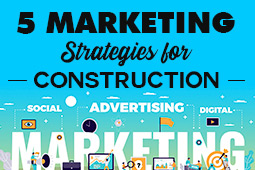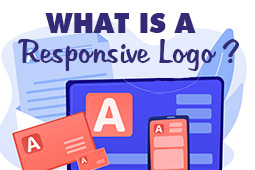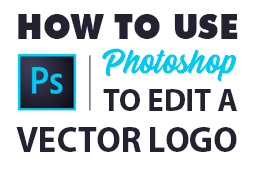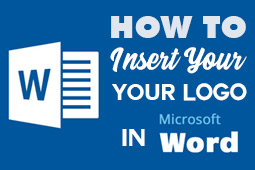In previous blog posts, we’ve talked a bit about logo designers. More specifically, we recently discussed what you can expect when you hire a logo designer versus what you can expect when you use a logo maker to create your logo and the advantages of using a logo maker instead of hiring a designer.
Hiring a graphic designer has its advantages too. When you hire a logo designer, you’re hiring somebody who’s been trained in graphic design and effective logo creation. They have a foundation in color theory, composition, design trends and the most effective way to visually communicate specific ideas. This is why working with a professional logo designer can be expensive – you’re paying for their design expertise and their years of experience creating logos that work. Fortunately, you can save yourself a ton of money and still get a great logo by teaching yourself how to think like a logo designer.

Logo designers look at logos differently than the rest of us do. When most of us see a logo, our initial thought might be that it looks good or it looks bad, or maybe that it is or isn’t a great representation of its company. When a logo designer looks at a logo, they’re looking carefully at the colors the brand chose to represent themselves. They’re looking at the shapes in the logo and how they complement or contrast the fonts the brand chose. They’re thinking about how the logo would look in black and white and how it would look on a computer screen versus print. Often, they’re also thinking about how they could make the logo better if they had the opportunity to redesign it.

So if you’ve decided you’re going to design your own logo with a logo maker, take some time to learn how to approach your logo like a designer would. It doesn’t cost you anything, but it can pay off big when you create a great-looking, professional logo for your brand.
Teaching yourself the Basics of Logo Design
Start teaching yourself how to think like a logo designer by breaking down the elements present in every logo. We’ve published posts about the basic core concepts of logo design before, so give each of them a read to get yourself started:
The Meaning of Colors and How to Use them with Brand Design
30 Best Fonts to Design an Awesome Logo
The Meaning of Shapes in Logo Designs
It’s also important that you get yourself familiar with the different types of logos, so you can easily identify them when you see them.
As you learn about how designers use color, font and shape choices to communicate brand values through logos, you’ll see how critical a company’s logo is to their overall brand identity. When you design a logo, you’re taking everything that defines your business, like your products’ price point, your target clientele, your position in your industry and even your geographic location and boiling it down into an image.

The first step in learning how to critically analyze logos and think like a logo designer is learning how design choices in logos communicate brand values. After you’ve reviewed how these elements work in designs, a helpful exercise you can do is to try designing a few practice logos of your own to communicate specific brands. Come up with two or three hypothetical brands, like a modern plumbing company that serves value-focused customers and a dog walking business that differentiates itself by offering play and socialization with other dogs during walks. Then head over to our logo maker and try to make logos for these brands.
Assessing Brand Goals by Analyzing their Logos
Once you’ve designed a practice logo or two, you have a better understanding of the thought processes that go into designing an effective logo. Now, test yourself by approaching logo design from the opposite end–assessing whether the logos you see each day effectively communicate their own brand values.
Next time you’re out running errands, take a look at the logos you see. For example, take a look at the McDonald’s logo. Those rounded yellow arches are instantly recognizable anywhere in the world. What can you say about McDonald’s brand?

They’re inexpensive. They offer convenient food, not healthy food. And that food isn’t just convenient, it’s relatively simple and created to give you a quick dopamine hit from the fat and salt – not exactly a gourmet treat. And if you’ve got kids, McDonald’s is a super easy place to get a quick family meal.
Now, using what you know about how colors, shapes and fonts work together in a logo, examine how McDonald’s communicates the brand values we just listed through their logo.
They chose yellow, a fun, high-energy color. The arches are rounded, not pointy – they’re friendly arches. And the logo is simple; it’s just two colors and a few lines. Easy.
Now contrast their branding with Brooks Brothers’ branding.
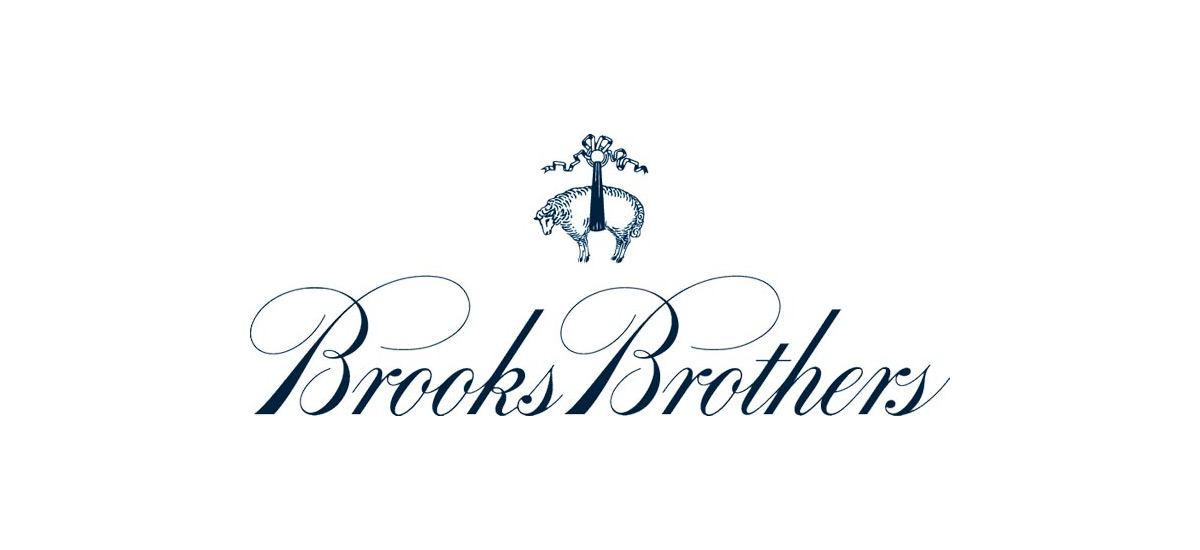
Looking at the font and image in their logo, how do you think Brooks Brothers wants the world to perceive their brand?
Compare what these logos tell you about their brands against what you thought of the brands before you assessed their logos like this. Ask your friends for their opinions about certain brands and read reviews online to see if your thoughts on these brands match the general consensus. You might find your personal opinion matches that brand’s messaging pretty closely...or you might not. Some logos don’t communicate their brands accurately, and there are a few different reasons for this.
You might run into a logo that used to accurately depict its brand, but times have changed and the brand has moved in a new direction, leaving the logo a relic of its past self. When this is the case, a brand can make its image more accurate by updating its logo or adopting a completely new one.
Another reason why a logo might not effectively communicate its brand’s persona is that the brand is from overseas and was designed for consumers who have a different cultural vocabulary. For example, the color red is associated with luck in China. In South Africa, red is associated with mourning. For a western audience, red won’t automatically communicate luck, but the color green will because westerners associate green with money and this taps into the idea of winning money, like winning the lottery or some other lucky windfall.

These aren’t necessarily bad logos, but they’re logos that probably should have been changed or adapted for international audiences when their brands broke into new markets. When you’re designing your logo, take time to understand the cultural associations people in every market you serve have with the colors and images you’re considering using. By focusing on just one market, you might inadvertently design a logo that communicates the wrong thing in another.
And then there’s an obvious reason why a logo might not work: it’s not very good. Maybe the color isn’t right for the brand’s tone, maybe the image is just too jarring with the font choice, maybe it’s just too generic for anyone to remember for more than a few seconds. When you train yourself to think like a designer, you’ll be able to spot these immediately and easily communicate why they’re bad.

Recognizing Effective Logos When you See Them
In many cases, it’s not immediately obvious why a well-designed logo is so great. That’s because expert logo designers know how to subtly communicate brand values through design choices. Take a look at the Disney logo:
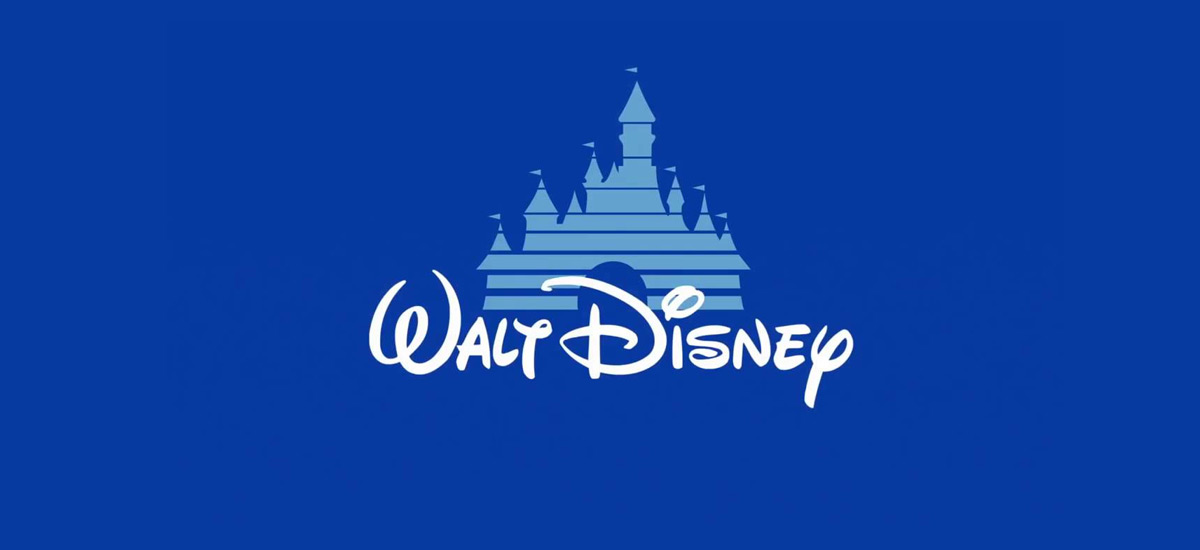
We’ve all seen it. We can all envision it with our eyes closed. What makes the Disney logo so effective?
Well, let’s ask ourselves first what it communicates. How do you define Disney? Entertainment? Family-friendly? - Wholesome? Cultural behemoth?
Let’s zero in on one specific trait that Disney has made its calling card: family-friendliness. There are plenty of other movie studios out there, but only one has a name that automatically communicates quality, age-appropriate entertainment to parents and caregivers: Disney. So how does that weird D that looks like a backwards G communicate that?
It looks like handwriting. The whole logo does. And by using a font that feels like it was written by hand, the Walt Disney Company, despite being one of the most gigantic companies in the world, makes itself feel personal and endearing. Audiences feel like they have a close connection with the brand and that makes them feel like they can trust it to provide what it promises to provide: unquestionable entertainment for the whole family.

When you assess a logo, look at all its parts. Look at the kind of font it uses, look at how the different colors complement or contrast each other, look at how the image and word shapes fit into each other and look at how much–or how little–is present. This is how a logo designer looks at logos. Then when you’re designing your logo, think back to what you noticed in other logos...or better yet, refer back to any notes you’ve taken. Learning how to think like a logo designer takes practice, and the best practice is to actually look at logos, dissect them and create logos of your own. Once you've created a cool brand for yourself, you're gona want to start a website, work on social networking, create advertising and so on. When this time comes, you might want to look into digital asset management to get the job done in a organised manner.

